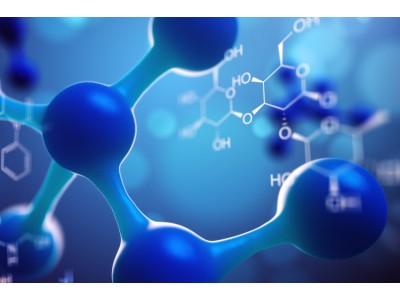| Description | Trypsin is a serine protease that can be isolated from fish to hydrolyze lysine or arginine carboxy-side proteins. With the anti-inflammatory activity, Trypsin could induce the cell membrane fusion of PDCoV-infected cells through the interaction between the S glycoprotein of PDCoV and pAPN, activate PAR2 and PAR4, and promote cell proliferation and differentiation. Trypsin can be used to promote wound healing and study neurogenic inflammation. |
| In vitro | Trypsin(10、50 ng/mL;12小时)通过促进LLC-PK细胞中的膜融合来增强PDCoV在LLC-PK细胞间的传播。[2]Trypsin(0.05%;3小时)在无血清且无生长因子的培养基中促进C6神经胶质细胞增殖。[3]Trypsin(20-150 ng/mL;5天)增强PBMC分化能力。[4] |
| In vivo | 当在50 μL生理盐水中以每个部位100至500 μg的剂量皮内注射Trypsin时,可引发小鼠的抓挠行为。[5] |
| molecular weight | N/A |
| CAS | 9002-07-7 |
| Storage | Powder: -20°C for 3 years | In solvent: -80°C for 1 year |
| Solubility | DMSO: 90.0 mg/mL, Sonication and heating to 60℃ are recommended. |
| References | 1. Bhupendra S, et al. Chapter 16 - Biomarkers of acute and chronic pancreatitis. Biomarkers in Toxicology. 2014, Pages 279-289. 2. Yang YL, et al. Trypsin promotes porcine deltacoronavirus mediating cell-to-cell fusion in a cell type-dependent manner. Emerg Microbes Infect. 2020;9(1):457-468. 3. Amano H, et al. Trypsin promotes C6 glioma cell proliferation in serum- and growth factor-free medium. Neurosci Res. 1996;25(3):203-208. 4. White MJ, et al. Trypsin potentiates human fibrocyte differentiation. PLoS One. 2013;8(8):e70795. 5. Costa R, et al. Evidence for the role of neurogenic inflammation components in trypsin-elicited scratching behaviour in mice. Br J Pharmacol. 2008;154(5):1094-110 |
